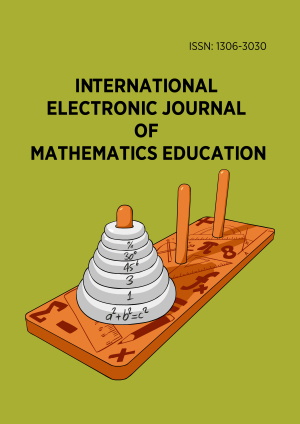Abstract
Understanding a graph in pairs, in a productive way, improves the comprehension of a concept. In this research, we had 2 objectives: 1) to delve deep into the behavior of 15 pairs of remedial physics students when solving a problem with a graph of velocity, 2) to understand the interchange of personal meanings during their interactions. We posed the problem through an interview about velocity given a graph of position. We analyzed the participants’ behavior based on the mathematical problem-solving theory of Schoenfeld. This analysis brought on the examination of interactions through grounded theory. We found that communication in the interchange of meanings and the quality of interactions is linked to productivity in problem-solving. We worked with a few emergent propositions based on behavior and interactions of pairs, then we identified specific alternative conceptions that students utilized to discuss the problem, how they managed their time and the richness of their contributions. Finally, we concluded that the mapping is a powerful tool that offers a view of students’ mental paths while solving problems that allow to assess the nature of the conceptual models originated by the interaction.
License
This is an open access article distributed under the Creative Commons Attribution License which permits unrestricted use, distribution, and reproduction in any medium, provided the original work is properly cited.
Article Type: Research Article
INT ELECT J MATH ED, Volume 14, Issue 1, January 2019, 91-108
https://doi.org/10.12973/iejme/3979
Publication date: 21 Dec 2018
Article Views: 4347
Article Downloads: 2380
Open Access References How to cite this article
 Full Text (PDF)
Full Text (PDF)